A Journey Into Micro Photography
Hello everyone,
I hope you're doing well. I’m back again with a fresh collection of fascinating photographs this time focused on something truly special: micro photography. Capturing tiny insects and creatures up close is not as easy as it sounds, especially if you don’t have the right gear. Although I use a fairly good DSLR camera, my lens is a 50-250mm zoom lens, which isn’t designed specifically for macro photography. Macro lenses offer more clarity and sharpness when photographing very small subjects. But I decided to work with what I had. I tried my best, using patience and timing to get close and capture the details. The results may not be studio perfect, but they reflect real-life nature, raw and beautiful.


Firefly in Mating A Glimpse of Natural Intimacy
One of the first photos I took was of a small, bright red insect. I believe it could be a firefly, although I’m not entirely certain of the exact species. What made the moment special was that I found the insect in a mating position likely with a partner, during their
reproduction cycle. Fireflies tend to reproduce in large numbers during specific seasons, and I was lucky to capture them during that time. Their delicate posture, vivid colors, and quiet moment of connection made it a beautiful scene worth freezing in time.
Same Species, Different Look Nature’s Subtle Variations

While observing similar insects, I came across another one that looked slightly different. It had a black upper body and a red lower part, yet seemed to belong to the same species. This could be due to gender differences or even changes based on age or environment. Such small variations are common in nature, and they make macro photography more interesting. I captured this one using the same Canon camera and 50-250mm zoom lens. Despite its simplicity, the image turned out full of character.

The Common Housefly Looks Deceive
Next, I captured a housefly, one of the most common yet least appreciated insects around us. While the fly may seem harmless or even boring, it’s actually quite dangerous from a health perspective. Houseflies often carry bacteria and germs, picked up from trash, dead animals, and other unsanitary places. They then spread these pathogens to our food, leading to various diseases. However, when viewed under a lens, their compound eyes are mesmerizing. These large, red, multi-faceted eyes can detect movement instantly, making them hard to catch. It’s a classic case of something dangerous looking strangely beautiful when seen up close.
The Yellow Damselfly Small But Mighty
Another amazing creature I photographed was a small, yellow damselfly. Damselflies are closely related to dragonflies, but are smaller and more delicate. This particular one had a soft yellow hue that stood out beautifully against the green surroundings. What makes damselflies interesting is that they’re beneficial predators they feed on mosquitoes and other small insects, helping control the insect population naturally. I managed to take pictures of two damselflies possibly different species or male and female. They sat calmly, allowing me to photograph them without much trouble. Their transparent wings, delicate bodies, and natural elegance make them one of my favorite subjects.
The Jumping Spider A Fearless Little Hunter
One of the most exciting subjects I photographed was a jumping spider. Unlike typical spiders that spin webs, this one actively hunts its prey. It uses its sharp vision to detect movement and then leaps forward to catch insects. They are small, fast, and surprisingly intelligent. I found this particular spider waiting patiently on a leaf. Its eyes were large and expressive it almost felt like the spider was watching me as much as I was watching it. These spiders are harmless to humans and actually play an important role in controlling pests. Photographing one from so close gave me a new appreciation for how alert and capable they are.
The Rusty Millipede Nature’s Moving Train
Finally, I captured a photo of a rusty millipede, a creature that resembles a miniature train. With its long, segmented body and hundreds of tiny legs moving in perfect rhythm, it looked like a piece of living machinery. Its reddish-brown color added to its unique look. I’ve even heard people joke that early train designs were inspired by the motion of these creatures! What’s even more fascinating is something I learned from National Geographic in the wild, some monkeys use these millipedes as a natural mosquito repellent. Instead of eating them, the monkeys rub the millipedes on their bodies. The millipedes release a strong-smelling chemical, which helps keep mosquitoes and flies away. It’s a clever trick from nature, showing how even simple creatures can be useful in unexpected ways.


The Real Beauty of Macro Photography
All of these photos were taken with basic equipment and a lot of patience. I didn’t have high-end macro lenses or lighting setups. Just a curious mind and a passion for capturing the unseen. Macro photography is not just about zooming in it’s about discovering beauty in the smallest corners of life. It teaches us to observe, to appreciate, and to notice the extraordinary in the ordinary. These insects, though tiny, live full and fascinating lives. Each plays a role in the ecosystem. And through the lens, they become characters in their own silent stories. I hope you enjoyed this visual journey as much as I enjoyed creating it.
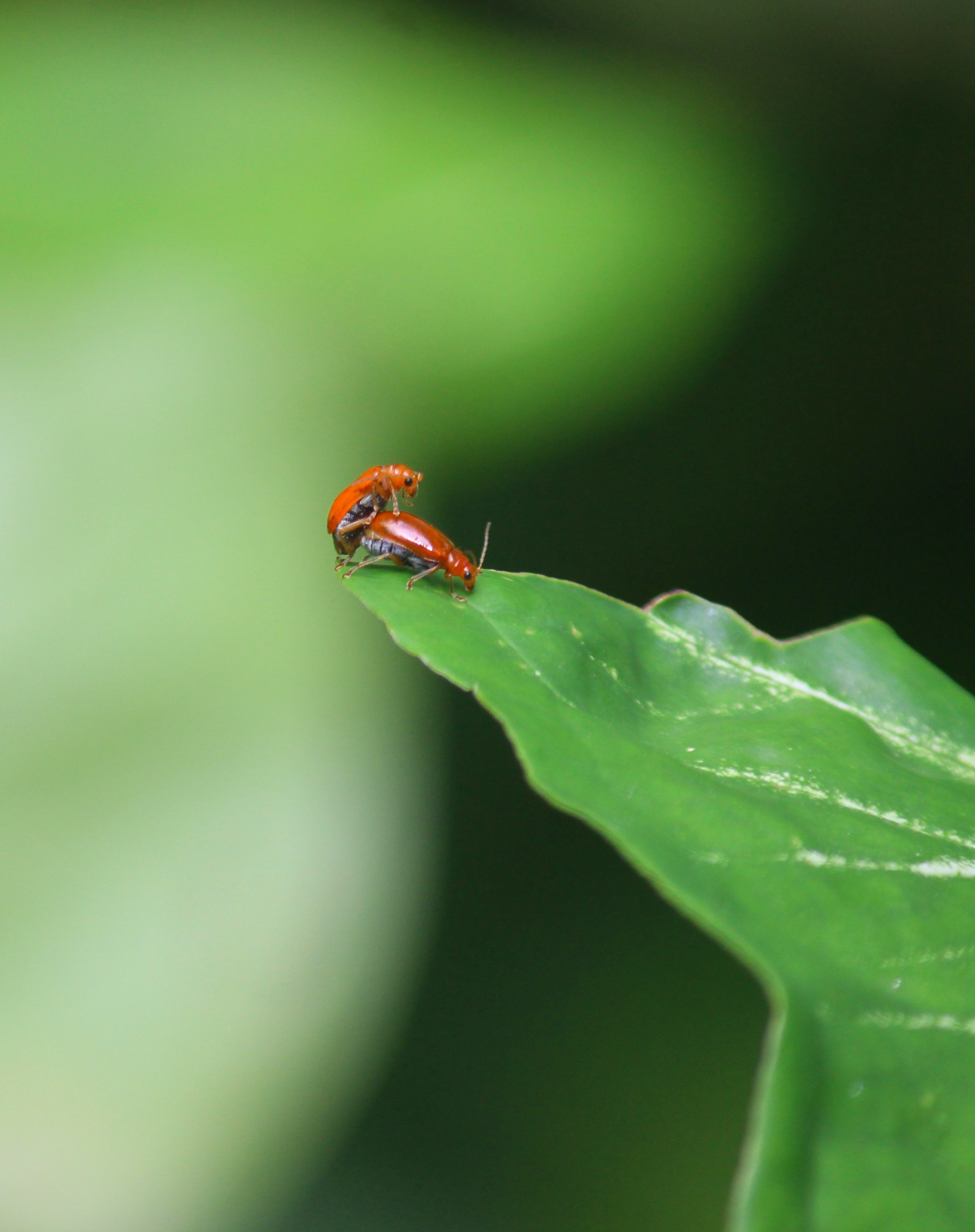
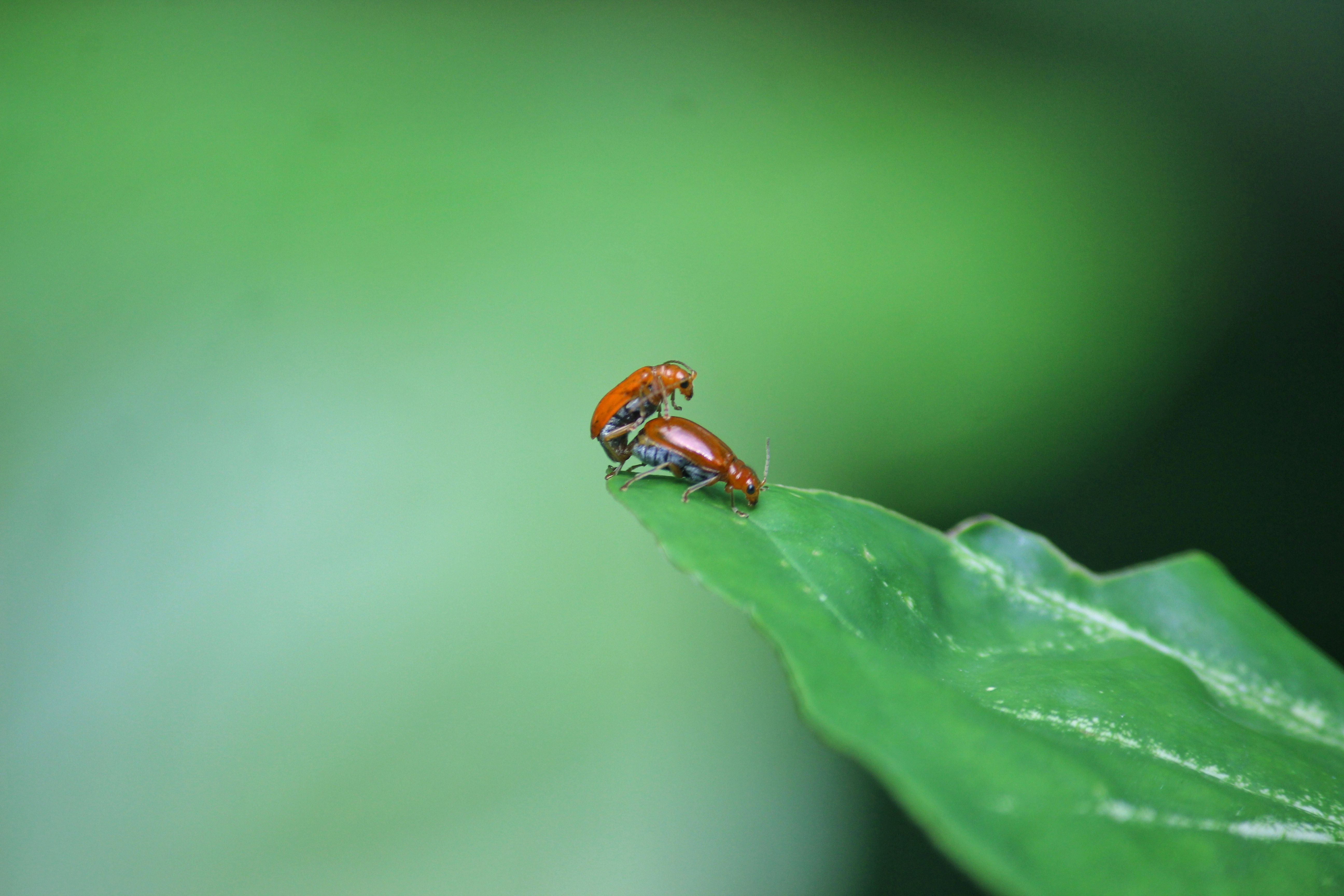
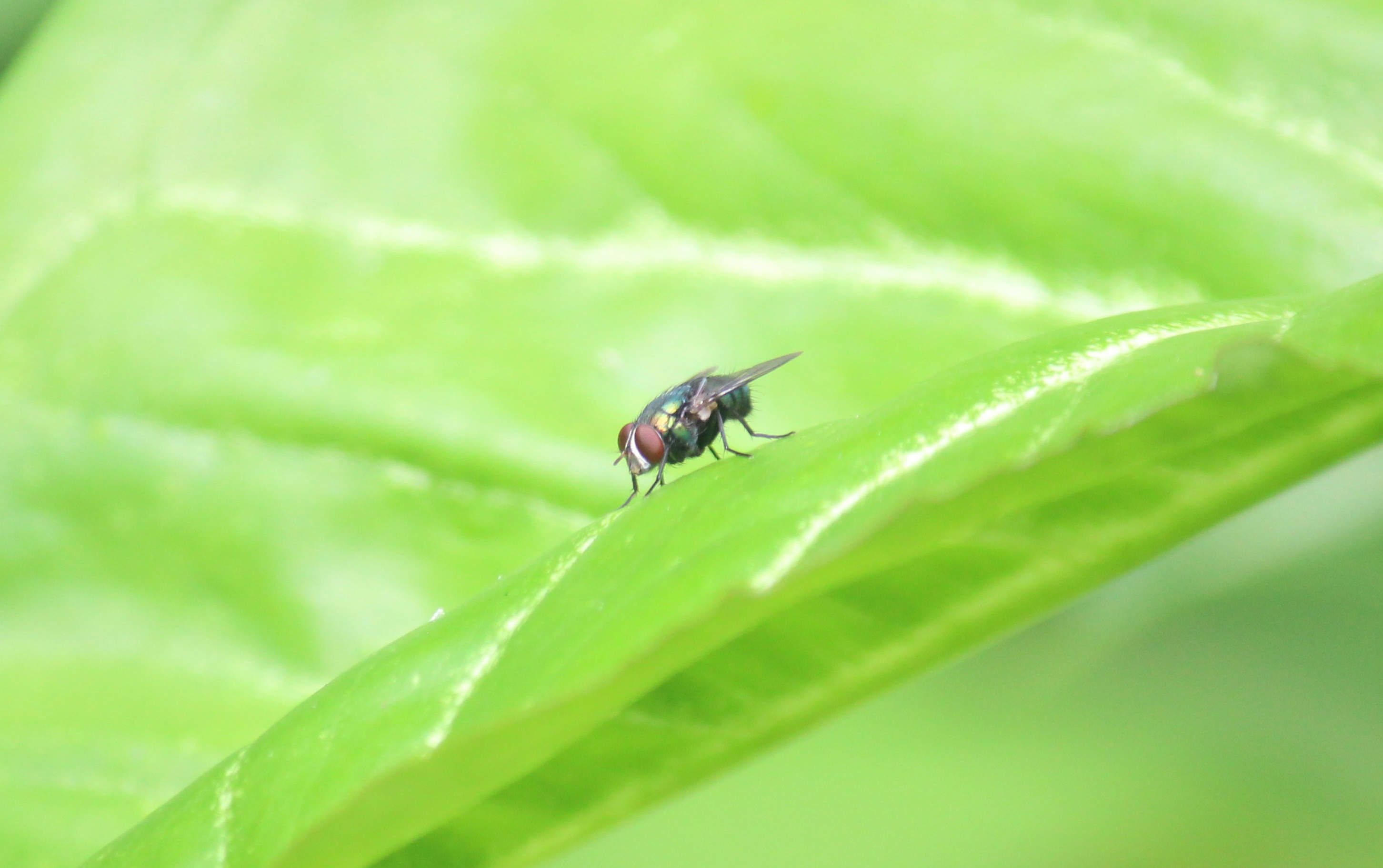
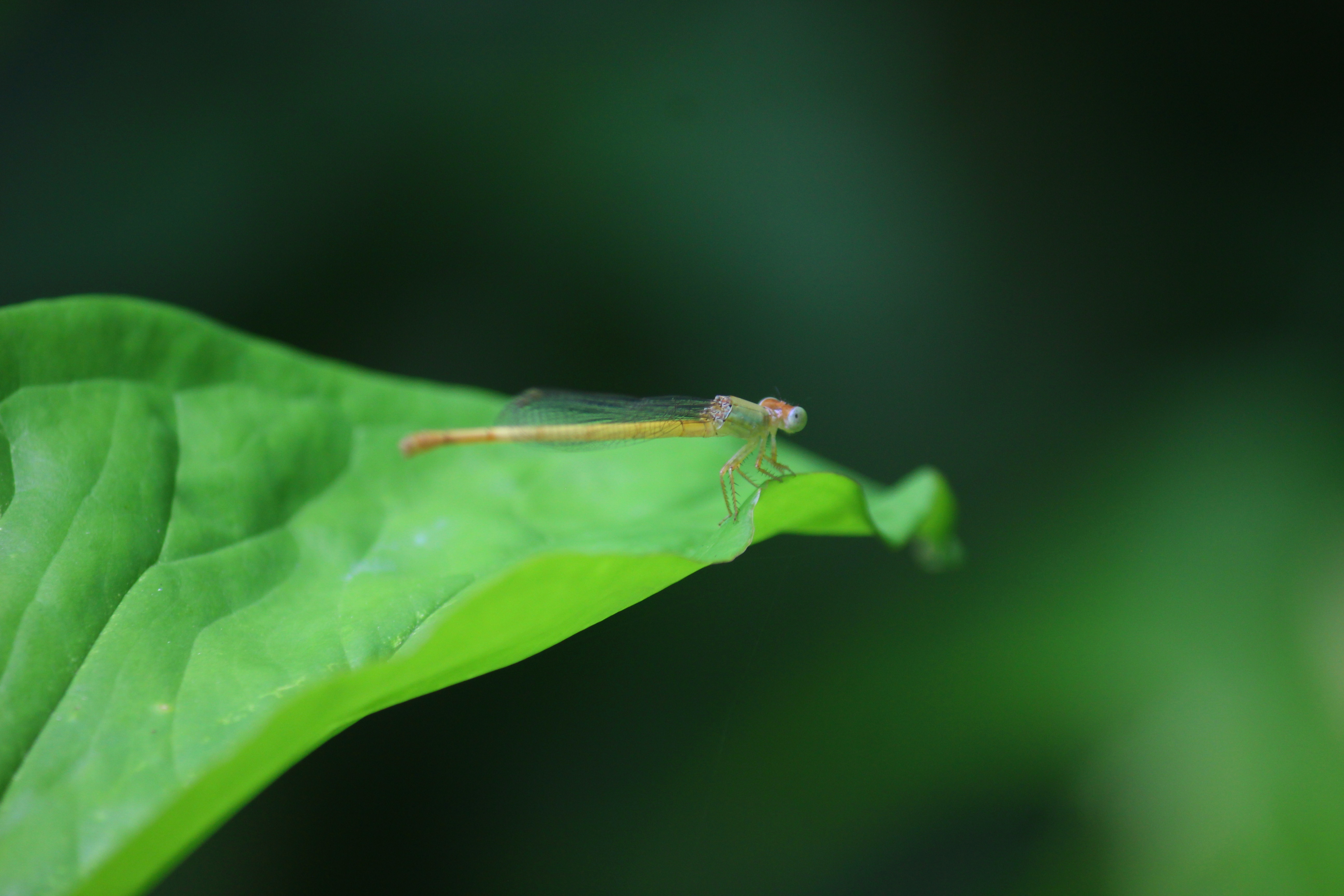
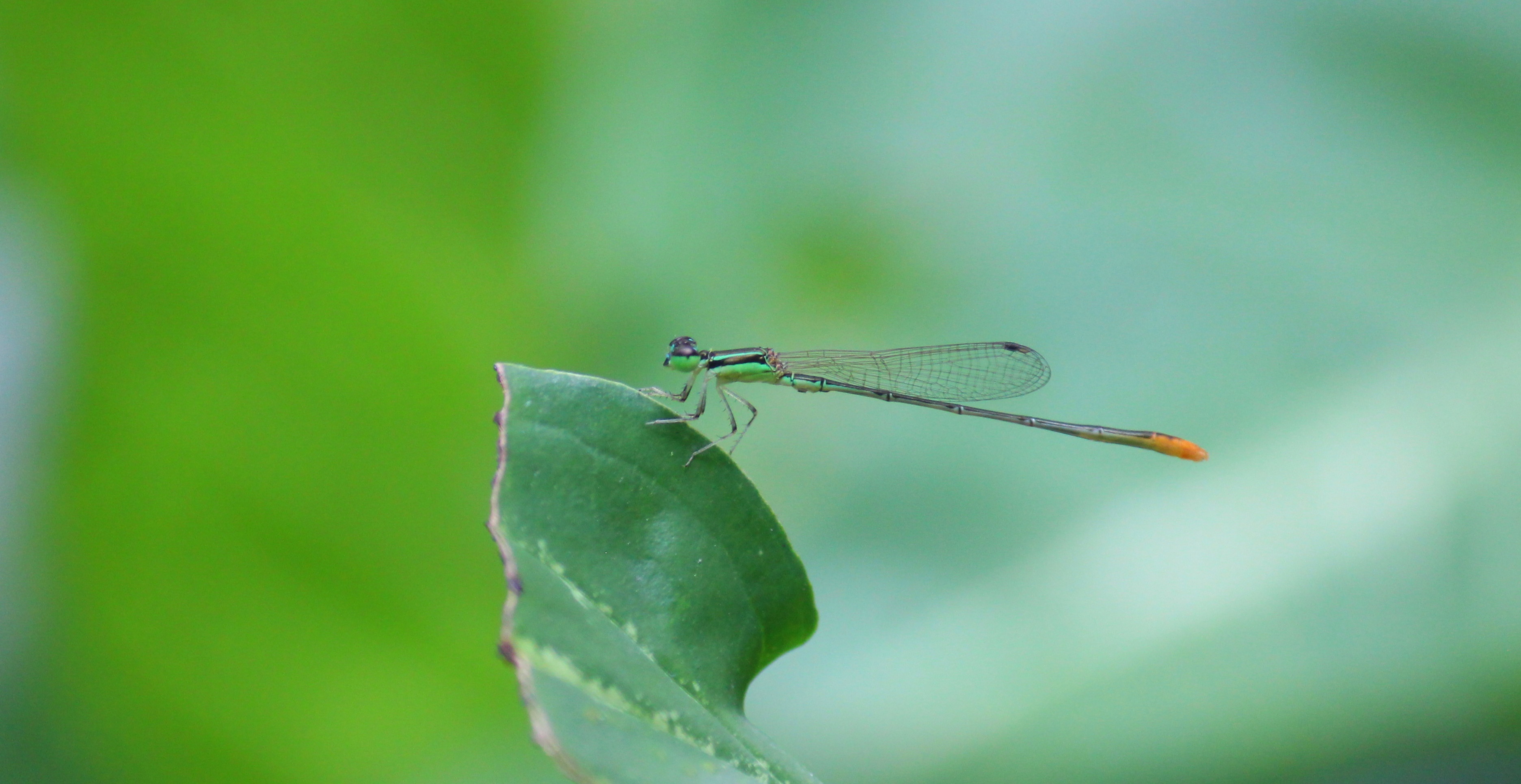
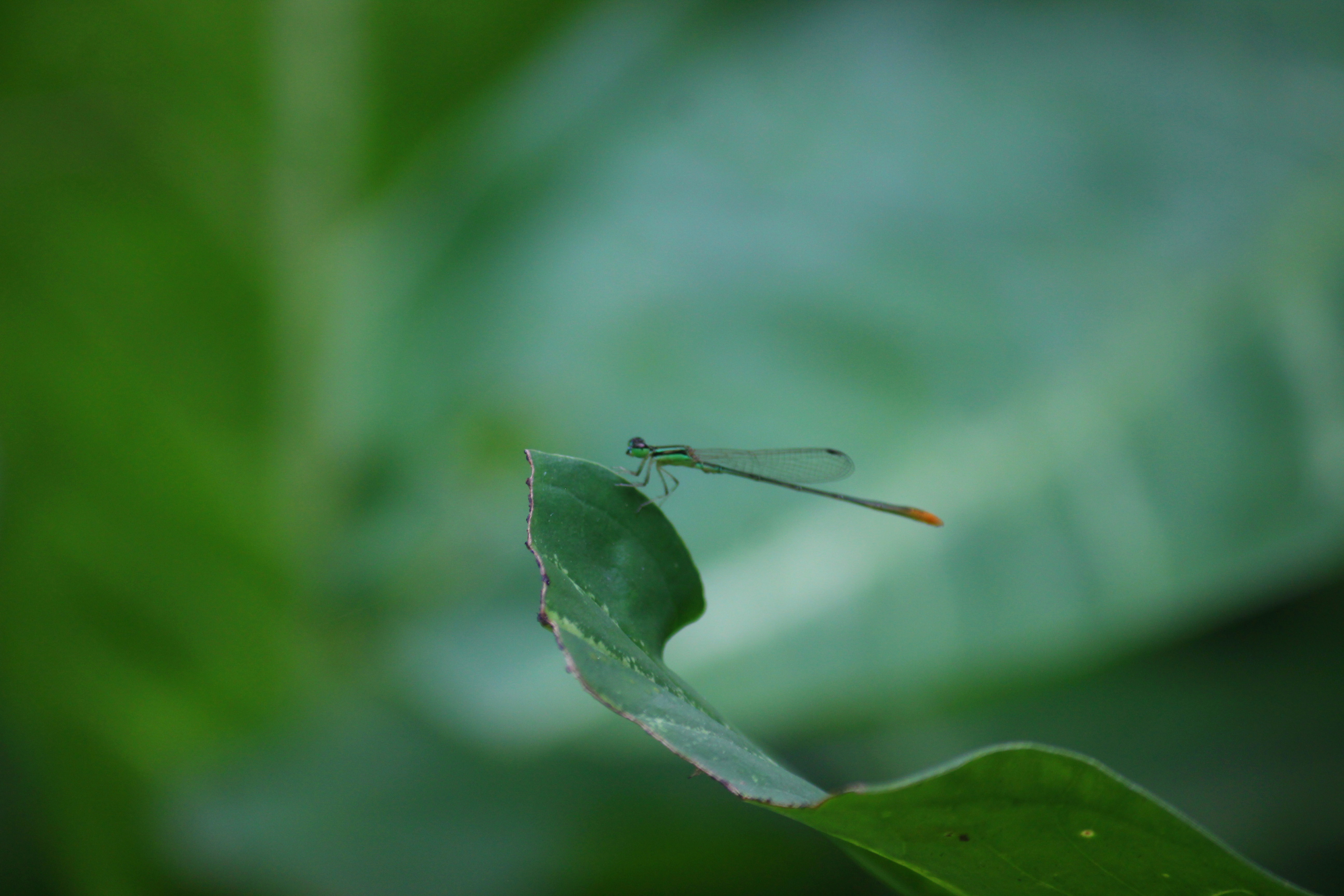
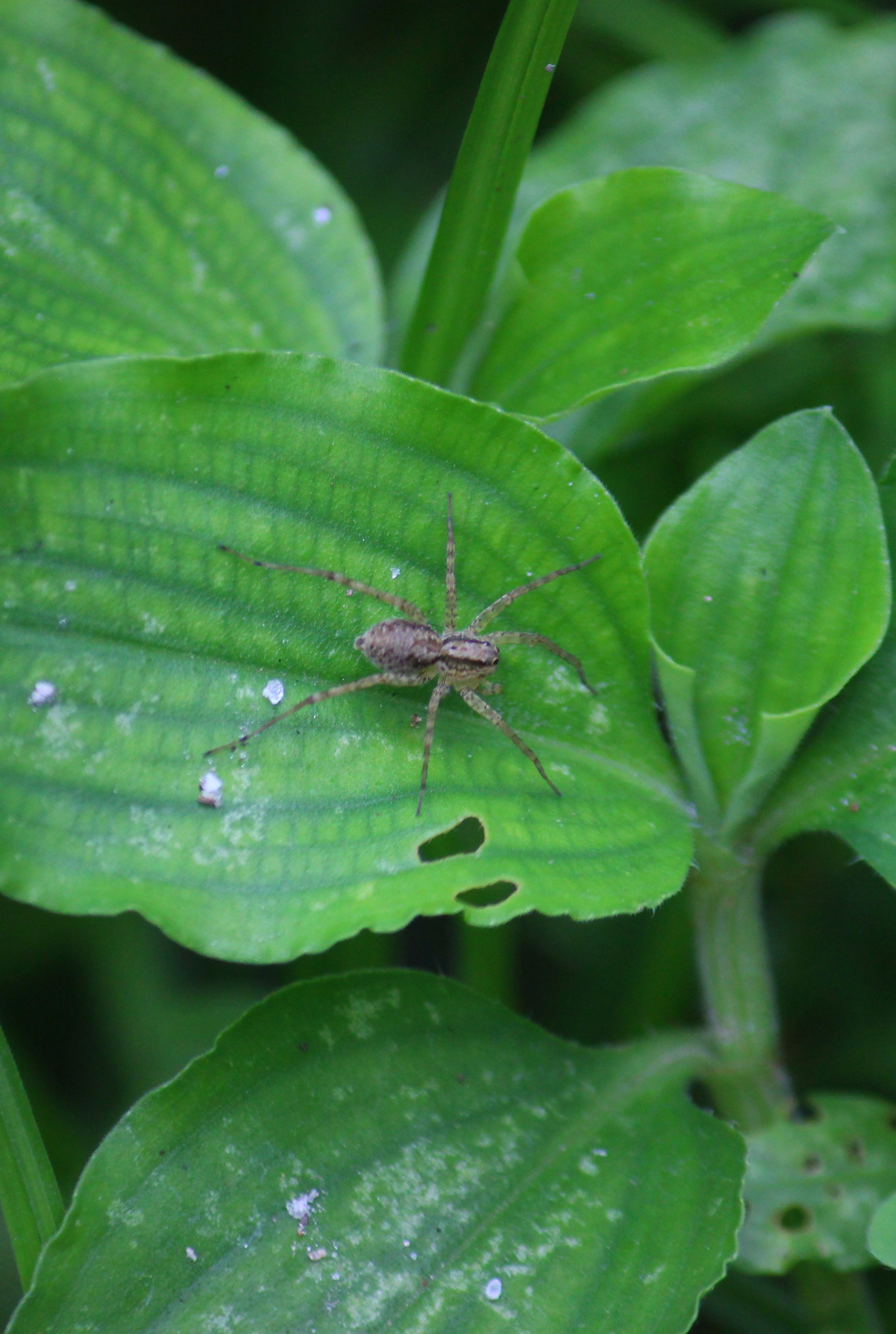
Congratulations @ridoykhan22! You have completed the following achievement on the Hive blockchain And have been rewarded with New badge(s)
Your next target is to reach 2000 posts.
You can view your badges on your board and compare yourself to others in the Ranking
If you no longer want to receive notifications, reply to this comment with the word
STOP